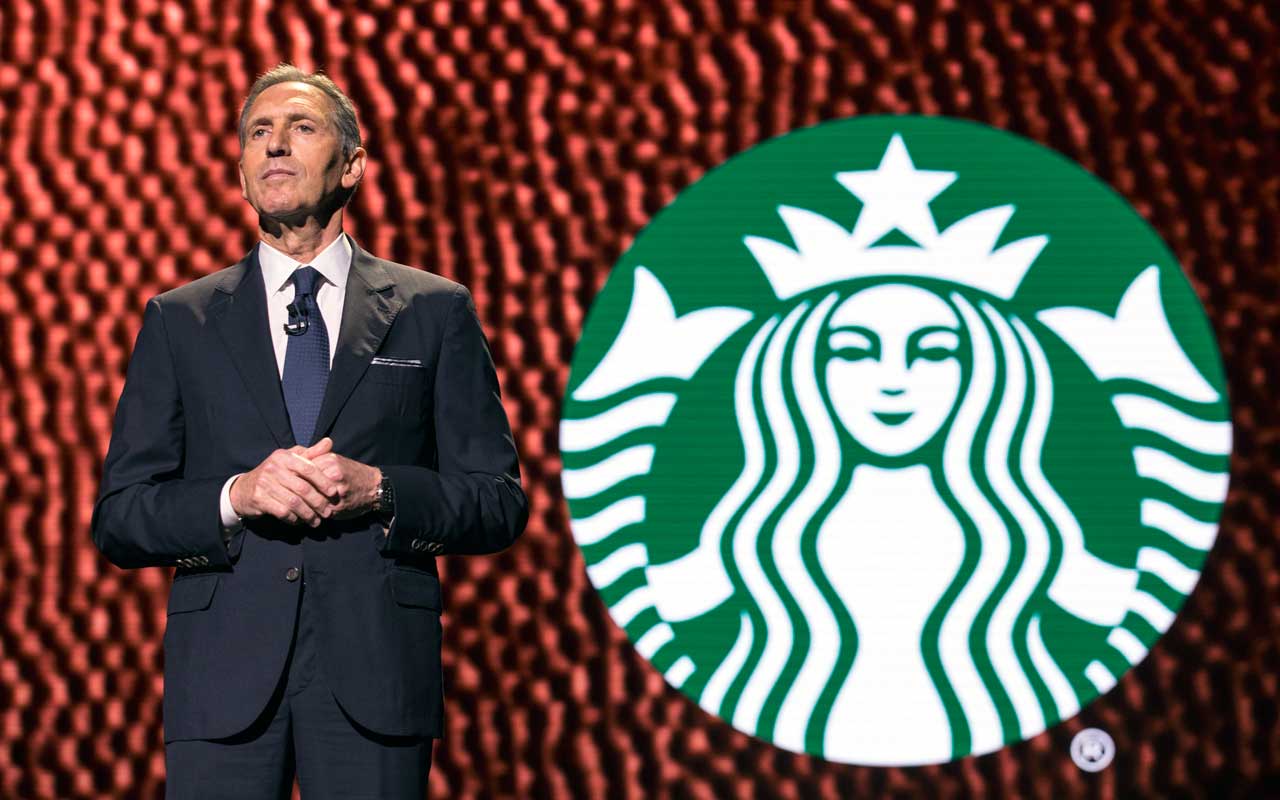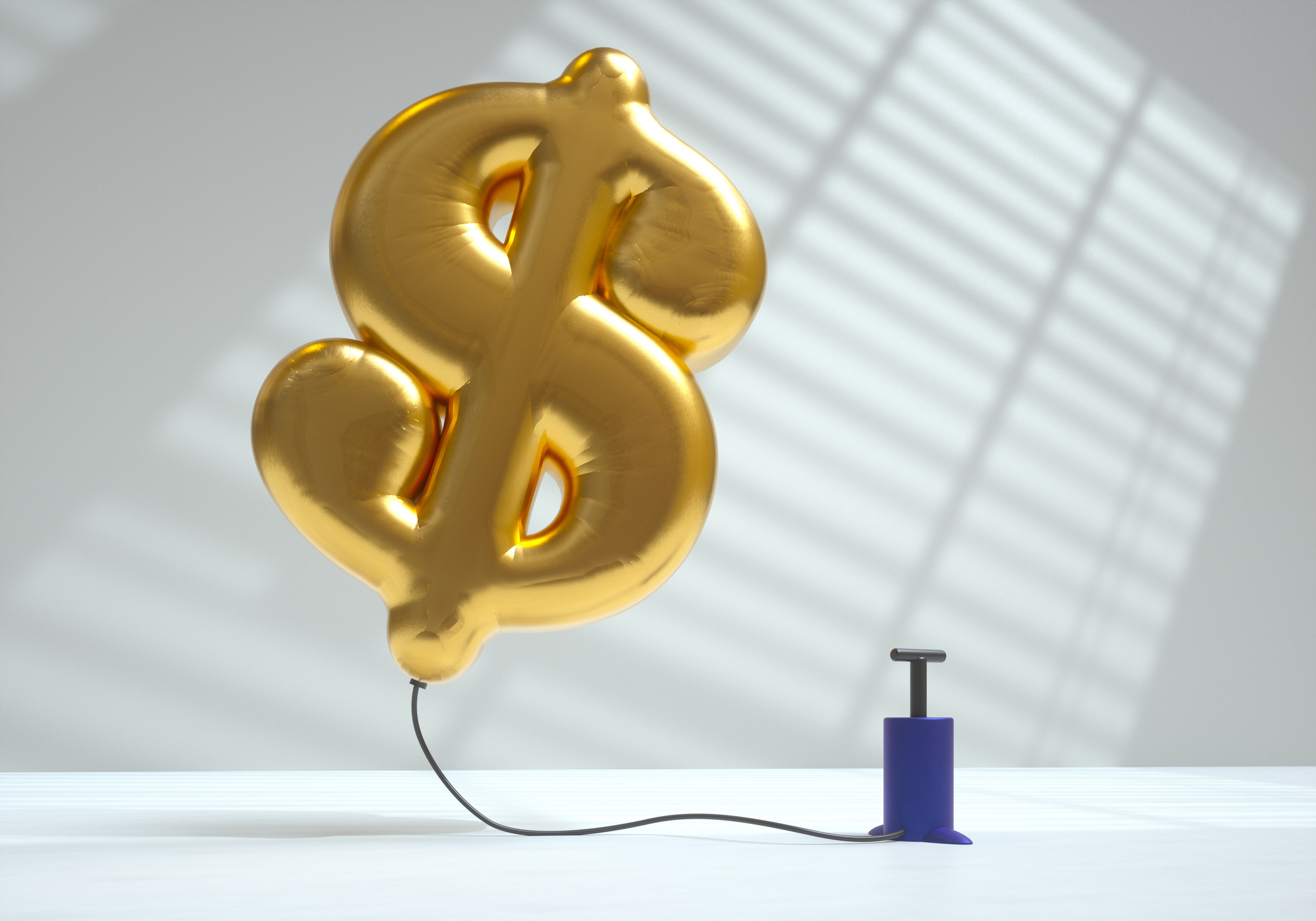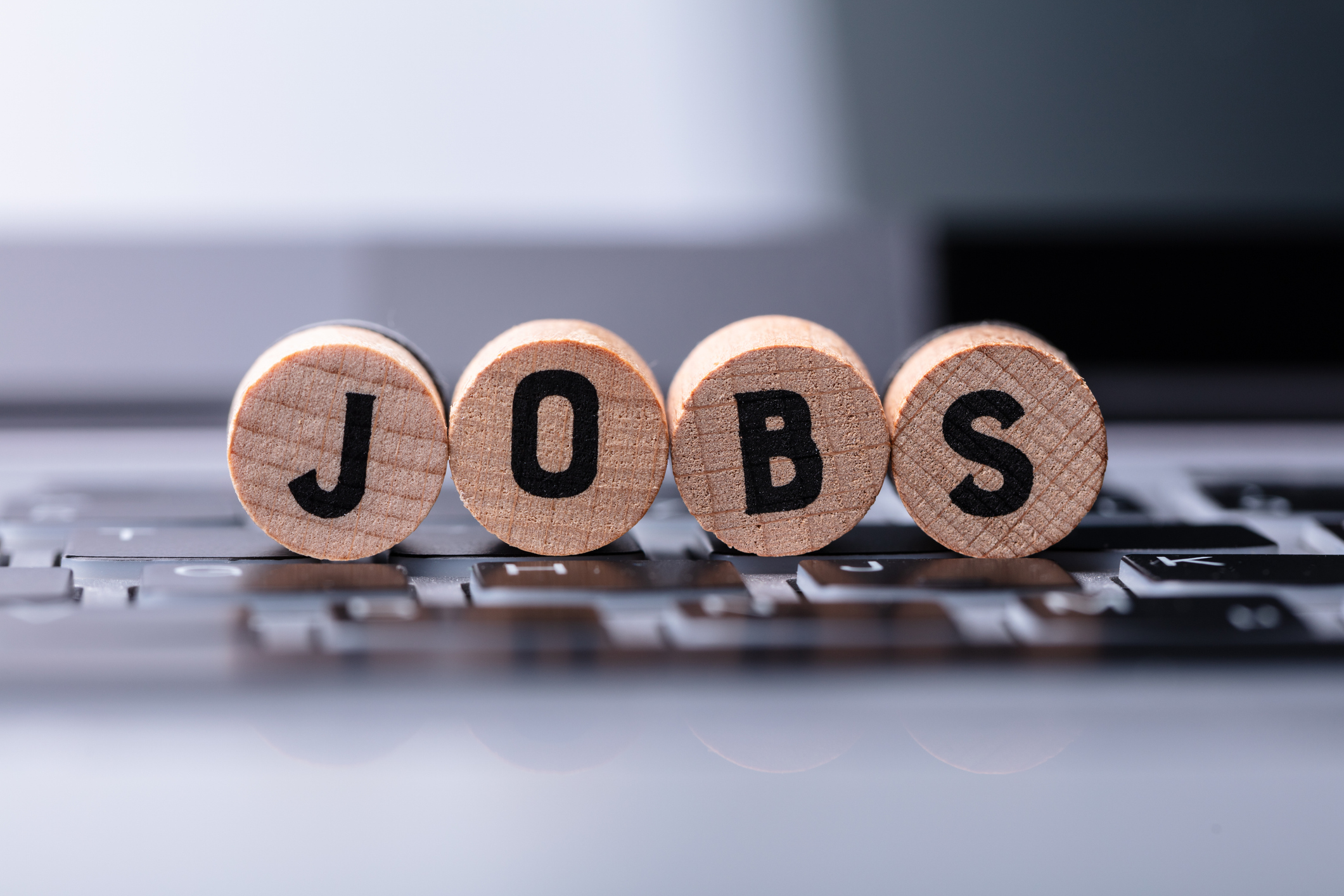5 Cheap “Diamond in the Rough” Stocks to Buy
Cheap stocks are few and far between.


Cheap stocks are few and far between. Goldman Sachs’ bear market indicator – which analyzes trends in unemployment, manufacturing, core inflation, the yield curve and stock valuations – is at its highest levels since the late 1960s and early 1970s. By some metrics, such as the price-to-sales ratio, U.S. stocks are at their most expensive levels in history, even more expensive than at the top of the 1990s tech bubble.
“It is particularly scary this time around,” says John Del Vecchio, co-manager of the AdvisorShares Ranger Equity Beat ETF (HDGE), “because we’re dealing with a historical bull market. This means that the coming bear market – and there will be a bear market again – is likely to overshoot to the downside too. There’s a lot of excess to work off.”
Meanwhile, the Fed and other major central banks are draining excess liquidity out of the system, and growth in most overseas markets is slowing. But perhaps worst of all is that we’re now coming up on the one-year anniversary of the tax cuts. That means we’re no longer comparing post-tax-cut earnings to pre-tax-cut earnings, so the comparables get a lot more difficult.
All the same, it’s usually a mistake to sell everything and run for the hills. Many of the conditions in place today were also in place in the late 1990s. Then, as now, the Fed was getting more hawkish at a time when asset prices were exceptionally expensive, yet prices continued rising for years. Even after the bubble burst in 2000, many value investors continued to generate excellent returns for another two years.
Today, let’s take a look at five cheap "diamond in the rough" stocks to buy. These are five stocks that are objectively cheap enough to potentially generate respectable returns no matter what the market throws at us.
Data is as of Dec. 5, 2018. Dividend yields are calculated by annualizing the most recent quarterly payout and dividing by the share price.

LyondellBasel Industries
- Market value: $34.7 billion
- Dividend yield: 4.4%
- Forward price-to-earnings ratio: 7.8
Plastics and specialty chemicals firm LyondellBasel Industries (LYB, $90.57) is one of the largest plastics companies in the world. Apart from its plastics and chemicals businesses, the company also refines crude oil into gasoline, diesel fuel and other products.
Given the rather gritty, old-economy nature of LyondellBasel’s operations, the stock can be remarkably volatile. The share price has bounced around in a range of $85.60 to $121.95 per share over the past year, and at time of writing the shares traded at just shy of $91.
LyondellBasel is one of the cheapest stocks in the Standard & Poor’s 500-stock index. It trades for just 6.3 times trailing earnings and less than 8 times analysts’ estimates for next year’s earnings. Compare this to the S&P 500, which trades for 21.7 times trailing earnings and 16.6 times forward earnings. LYB also looks cheap relative to its annual revenues; shares trade for 0.9 times sales, compared to a price-to-sales ratio of 3.2 for the S&P 500.
Part of Lyondell’s cheapness reflects the cyclicality of its earnings. The company tends to do well when the economy is booming, but its sales tend to dry up when the economy is slowing. Even so, at these prices it would seem that Wall Street is overly fearful.
LyondellBasel also is one of the highest-yielding stocks in the S&P 500, with a payout well above 4%. Given that LYB pays out only 26% of its profits as dividends, that dividend would appear safe for the foreseeable future.
Share buybacks are somewhat controversial, as many companies seem to make a habit of buying their shares when they are overpriced only to turn around and issue new ones when they are cheap. But Lyondell does them right. The company has been taking advantage of its depressed stock price to repurchase shares, reducing its share count by over 30% over the past decade.

Starbucks
- Market value: $82.7 billion
- Dividend yield: 2.2%
- Forward price-to-earnings ratio: 22.2
Moving on, let’s take a look at one of the most ubiquitous brands in the world: Seattle-based coffee chain Starbucks (SBUX, $66.65).
Other than McDonald’s (MCD) golden arches, Disney’s (DIS) Mickey Mouse ears and the Coca-Cola (KO) bottle, Starbucks’ green mermaid logo may be the most recognized company logo in the world. We have no way of knowing what consumer tastes will be like 50 years from now. But it is safe to assume they will spend at least a decent chunk of their leisure time enjoying those tastes in a Starbucks.
SBUX is not exceptionally cheap, as its shares trade for about 21 times trailing 12-month earnings. But it’s rare for a stock with Starbucks’ name recognition and branding power to trade roughly in line with the rest of the market. It generally trades at a premium.
Starbucks shares have essentially gone nowhere since late 2015, during a stretch where the S&P 500 has jumped by about a third. Yet interestingly, SBUX shares have been showing signs of life recently, and the shares are sharply higher over the past three months despite the market volatility. The company reported that its delivery business in China is picking up, and it has continued to cut costs back at home by announcing layoffs in the corporate office.
Starbucks might not be the growth dynamo it was a decade ago. But it looks like a good place to ride out any continued market volatility.

Macquarie Infrastructure Corporation
- Market value: $3.6 billion
- Dividend yield: 9.6%
- Forward price-to-earnings ratio: 8.3
When you see a nearly 10% dividend yield, it’s often a good idea to run. Yields that high are rarely sustainable and often times point to potential distress.
But not always.
- Macquarie Infrastructure Corporation (MIC, $41.50) appears to be one of those exceptions.
Macquarie Infrastructure owns a quirky collection of cash-flowing infrastructure assets: terminals, storage tanks, aircraft parking and de-icing, wind and solar energy assets, and waste disposal. None of it is particularly sexy, and you probably wouldn’t want any of these assets in your backyard. But given the cash they throw off, you should absolutely want them in your portfolio. At current prices, MIC yields a very attractive 9.6%.
Dividend yields that high often signal a company in distress. But in Macquarie’s case, it’s more an issue of poor communication. The company made a decision in February to temporarily take some of its terminal assets offline to repurpose them. This lowered their cash flow projections for the year and prompted management to reduce the dividend by about 31%.
Management did a very poor job of telegraphing this investors, who were completely taken by surprise. As a result, they dumped the shares, which are now down by more than 40% in 2018.
The common market wisdom is that dividend cuts are like cockroaches: There’s never just one. But in the case of Macquarie, the cut really does appear to be an isolated event. Based on current cashflows, the company should be able to maintain its dividend indefinitely, and as the offline assets start to come on line again, Macquarie should be in excellent position to start raising the payout aggressively.
In the meantime, you can ride out any coming market turbulence while collecting a fat dividend.

Enterprise Products Partners
- Market value: $57.2 billion
- Distribution yield: 6.6%*
- Forward price-to-earnings ratio: 13.1
For another gritty workhorse stock, consider midstream master limited partnership Enterprise Products Partners (EPD, $26.21).
Conservation efforts and the emergence of alternative energy should significantly reduce demand for fossil fuels in the years ahead. But realistically, the United States and other major developed countries will continue to need natural gas for the foreseeable futures. And as one of America’s largest transporters of natural gas and natural gas liquids, Enterprise Products is well positioned to benefit.
Enterprise Products manages a sprawling empire of more than 50,000 miles of pipelines, 260 million barrels of storage for natural gas liquids and other refined products, and over 14 billion cubic feet of natural gas storage capacity. The company also owns and manages natural gas liquids export and import terminals on the Gulf of Mexico.
With all of the volatility in the energy markets this year, Enterprise Products’ stock price has mostly moved sideways. But that’s OK. Even if the stock price never moves a nickel, anyone buying Enterprise Products at today’s prices enjoys a $1.73 per share distribution. That works out to a cash yield of 6.3%, which isn’t too shabby.
What’s more, Enterprise Products has a long history of raising its distribution. The company has hiked its payout every year since 1998. Over the past 10 years – which were rocky one for the energy sector – the company managed to grow its distribution by nearly 6% per year.
The market might go up, down or sideways from here, but it’s probably safe to bet that whatever happens, EPD will continue trucking along as always, raising its distribution like clockwork.
*Master limited partnerships pay distributions, which are similar to dividends, but are treated as tax-deferred returns of capital and require different paperwork come tax time.

Oaktree Capital Group
- Market value: $6.4 billion
- Dividend yield: 6.9%
- Forward price-to-earnings ratio: 13.3
If we really are heading into a rough patch, then distressed debt specialist Oaktree Capital Group (OAK, $40.62) is a stock worth owning.
Oaktree, which is headed by one of the most respected investors in the business in Co-Chairman Howard Marks, is an asset manager that serves primarily institutional investors such as sovereign wealth funds, public pensions, corporations and endowments.
The company’s alternative strategies run the gamut – everything from private equity to emerging market bonds – but one of its primary specialties is in distressed debt. Over the years, Oaktree has done well by identifying troubled borrowers that eventually recovered. So, Oaktree’s best opportunities to really shine happen when the economy is weak and distressed debt deals are abundant.
We’re not quite there, at least not yet. But that doesn’t mean that Oaktree isn’t an attractive stock. At current prices, Oaktree yields an attractive 6.9%.
One thing to keep in mind with Oaktree is that its dividend is variable. Given the irregularity of the company’s cash flows (they tend to get windfalls from performance fees), the board opts to maintain a flexible dividend that fluctuates with cash flows. So, don’t be alarmed if the dividend bounces around a little.
As of this writing, Charles Sizemore was long EPD, LYB, MIC, OAK and SBUX.
Profit and prosper with the best of Kiplinger's advice on investing, taxes, retirement, personal finance and much more. Delivered daily. Enter your email in the box and click Sign Me Up.

Charles Lewis Sizemore, CFA is the Chief Investment Officer of Sizemore Capital Management LLC, a registered investment advisor based in Dallas, Texas, where he specializes in dividend-focused portfolios and in building alternative allocations with minimal correlation to the stock market.
-
 The SEC Is Concerned for Older Investors and Retirement Savers. Here's What You Should Know
The SEC Is Concerned for Older Investors and Retirement Savers. Here's What You Should KnowThe SEC focusing on older investors, retirement and college savers, and private securities. Here's how those changes impact you.
-
 Vesting, Catch-Ups and Roths: The 401(k) Knowledge Quiz
Vesting, Catch-Ups and Roths: The 401(k) Knowledge QuizQuiz Test your understanding of key 401(k) concepts with our quick quiz.
-
 Why You Should Pay Attention to Company Guidance
Why You Should Pay Attention to Company GuidanceUnderstanding how corporate profit forecasts affect analysts’ estimates and stock ratings can help you make investment decisions.
-
 Stocks Rise to the Spirit of the Season: Stock Market Today
Stocks Rise to the Spirit of the Season: Stock Market TodayInvestors, traders and speculators are beginning to like the looks of a potential year-end rally.
-
 Nasdaq Leads as Tech Stages Late-Week Comeback: Stock Market Today
Nasdaq Leads as Tech Stages Late-Week Comeback: Stock Market TodayOracle stock boosted the tech sector on Friday after the company became co-owner of TikTok's U.S. operations.
-
 Cooler Inflation Supports a Relief Rally: Stock Market Today
Cooler Inflation Supports a Relief Rally: Stock Market TodayInvestors, traders and speculators welcome much-better-than-hoped-for core CPI data on top of optimism-renewing AI earnings.
-
 The November CPI Report Is Out. Here's What It Means for Rising Prices
The November CPI Report Is Out. Here's What It Means for Rising PricesThe November CPI report came in lighter than expected, but the delayed data give an incomplete picture of inflation, say economists.
-
 Nasdaq Sinks 418 Points as Tech Chills: Stock Market Today
Nasdaq Sinks 418 Points as Tech Chills: Stock Market TodayInvestors, traders and speculators are growing cooler to the AI revolution as winter approaches.
-
 Stocks Chop as the Unemployment Rate Jumps: Stock Market Today
Stocks Chop as the Unemployment Rate Jumps: Stock Market TodayNovember job growth was stronger than expected, but sharp losses in October and a rising unemployment rate are worrying market participants.
-
 The Delayed November Jobs Report Is Out. Here's What It Means for the Fed and Rate Cuts
The Delayed November Jobs Report Is Out. Here's What It Means for the Fed and Rate CutsThe November jobs report came in higher than expected, although it still shows plenty of signs of weakness in the labor market.
-
 Stocks Struggle Ahead of November Jobs Report: Stock Market Today
Stocks Struggle Ahead of November Jobs Report: Stock Market TodayOracle and Broadcom continued to fall, while market participants looked ahead to Tuesday's jobs report.
